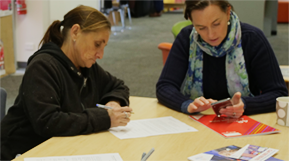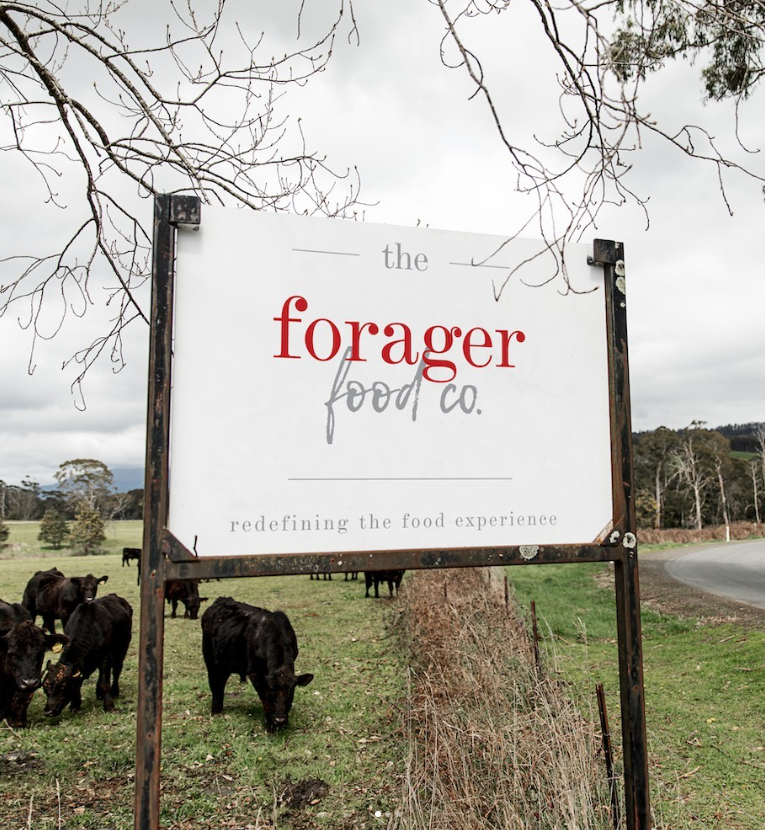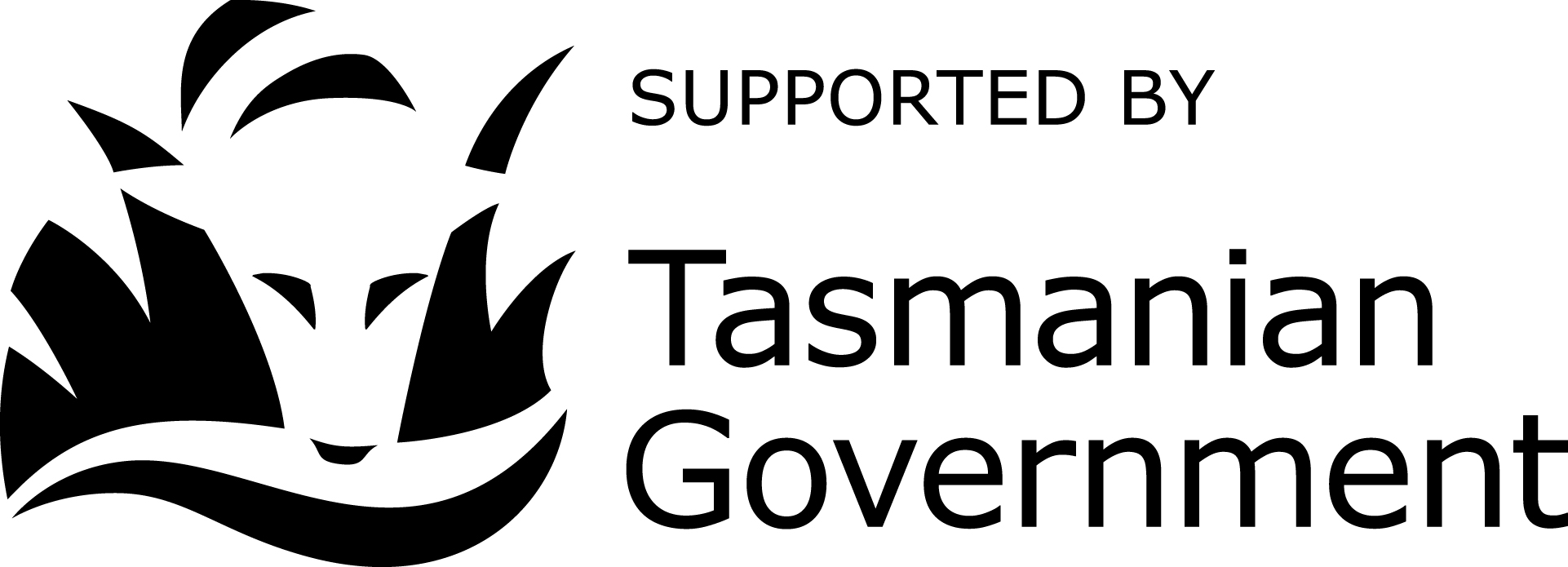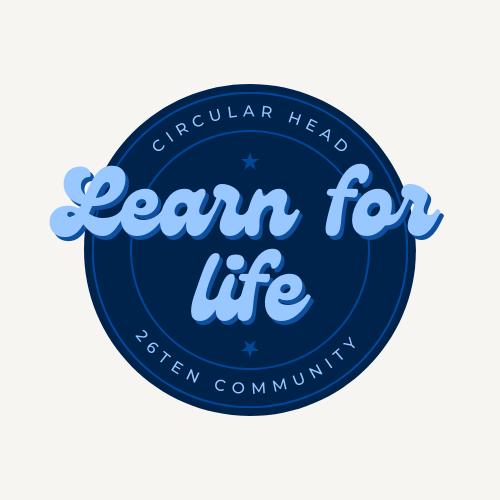Circular Head 26Ten Community's story
Circular Head – Learn for life
Circular Head – A community of learners
The aim for the 26Ten Circular Head community is for residents to have the literacy and numeracy skills to achieve their learning and employment goals.
Creating a community where everyone understands we all ‘learn for life’ and it’s ok to ask for help with reading, writing, numbers or digital skills.
Why does Circular Head need support with adult literacy and numeracy?
The Circular Head Education and Training Consultative Committee estimated that between 3,000 and 4,000 people in their community might benefit from support to improve their literacy and numeracy skills. This estimate is based on the data that around one in two Tasmanians struggle with everyday literacy and numeracy.
Who decided that Circular Head should have a Community Literacy Plan?
The Circular Head Education and Training Consultative Committee was formed to build skills and increase school retention rates post year 10. It is a committee of the Circular Head Council and members include people from the Council, Libraries Tasmania, business and industry, local schools, TasTAFE and the University of Tasmania.
How did the working group develop the plan?
26Ten provided some funding for a small working group to develop a five-year plan to improve literacy and numeracy skills in the area in 2013.
The working group researched current evidence on improving adult literacy levels, looking in particular at what helps change community attitudes and behaviours in positive ways. They also analysed demographic data to develop a more detailed picture of the age, gender, cultural, educational and workforce profile of the Circular Head community.
How did the working group engage the community in developing the plan?
The group worked with a consultant to learn how literacy was viewed in the community. The group spoke to a range of people, including clients of literacy support services, volunteer tutors, business people, school students, parents of young children, and people who know their part of the community well but aren’t necessarily service providers. They considered a number of questions, such as:
- Is literacy an issue in Circular Head?
- Does it matter? How important is it?
- Do people talk about literacy? If not, what stops them?
- How can we encourage people to improve their literacy?
- Do people know about the support programs available?
- How might we mobilise the whole community to take action?
Methods of consultation included one-to-one interviews with people, small focus groups, and a community forum that brought together service providers and community members. At the forum, the content of the proposed Community Literacy Plan was explained and participants were asked to comment and offer other ideas. Overall, the community engagement process involved approximately 100 people.
What is in the plan?
The Circular Head Community Literacy Plan 2014-2019: Learn for Life contains ideas from local people about engaging and motivating people, including ways to:
- change community values about learning
- engage more children and parents in early learning programs.
- engage more students in years 11 and 12 and literacy programs
- encourage more young people and adults to continue to learn and to improve their literacy after Year 12.
Where can I read the plan?
There is now a rich pool of information and ideas that will help the community put its literacy plan into action over the next five years. For more information visit the Circular Head Council website at www.circularhead.tas.gov.au.
Where can I find out more about 26Ten Communities and get help building my own?
Find out more about 26Ten Communities.
More success stories:

Julie's learning journey
"I can sit down now and listen to the grandchildren, and even with my own kids, listen to their home readers, do their home readers with them, and even read the kids stories. I feel more confident and more happy in my own self."

Forager Food Co. - Working with plain English
"This project has allowed [our staff] to take on a bigger role within the business ... and it's really given them more confidence in what they're doing, knowing they can work it out for themselves."


